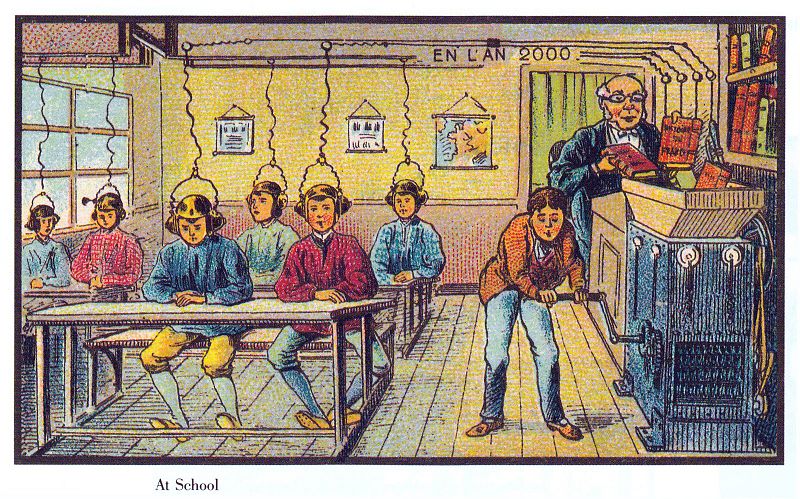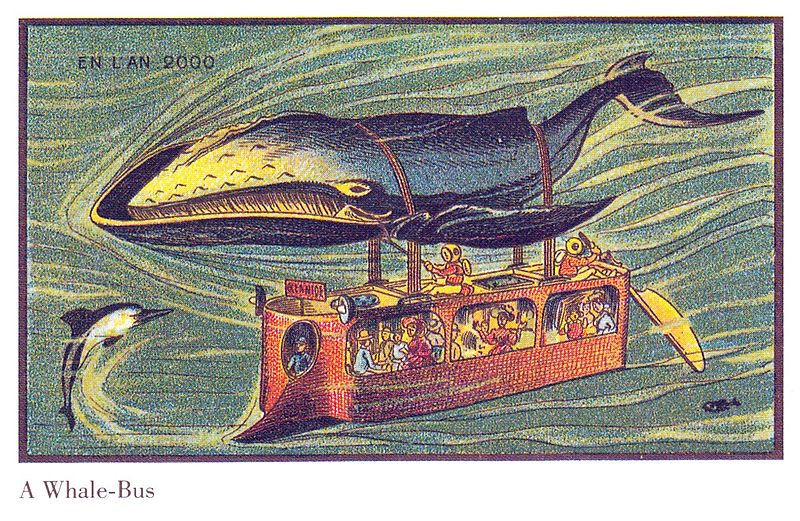
Unilever, the consumer goods company headquartered in London, owns over 400 brands. Dove, Lipton, Ben & Jerry’s, Hellmann’s and Knorr–you know and use many of Unilever’s products. The same goes for many people living across the globe. An estimated 3.4 billion people use Unilever products every day. How has Unilever established such vast reach? Through marketing. Like other consumer products companies, Unilever depends on marketing to build brand awareness for each product and to differentiate them from competitors. Marketing is part of the lifeblood of the organization, and digital marketing particularly allows the company to thrive here in the 21st century.
Happily, for any aspiring marketers out there, Unilever has just launched a new Digital Marketing Analyst certificate program. Offered on the Coursera platform, the program consists of four courses (each taking an estimated 20 hours to complete) that focus on helping students build job-ready skills in digital marketing analytics. The courses include:
- Customer Understanding and Digital Marketing Channels
- Measurement and Analysis
- Campaign Performance Reporting, Visualization, & Improvement
- Advanced Tools for Digital Marketing Analytics
As students move through the program, they will “learn in-demand skills like data analysis, customer segmentation, and SEO optimization.” They will also start “collecting and interpreting data to evaluate the performance of digital marketing efforts, improve strategies, and contribute to achieving marketing goals and objectives.”
Students can audit each course for free, or sign up to earn a shareable certificate. Students who select the latter option will be charged $49 per month. So, if you spend 10 hours per week, you can complete the 80-hour certificate program in two months, and pay about $100 in total.
Sign up for the Digital Marketing Analyst certificate program here.
Note: Open Culture has a partnership with Coursera. If readers enroll in certain Coursera courses and programs, it helps support Open Culture.
Related Content
Generative AI for Everyone: A Free Course from AI Pioneer Andrew Ng








